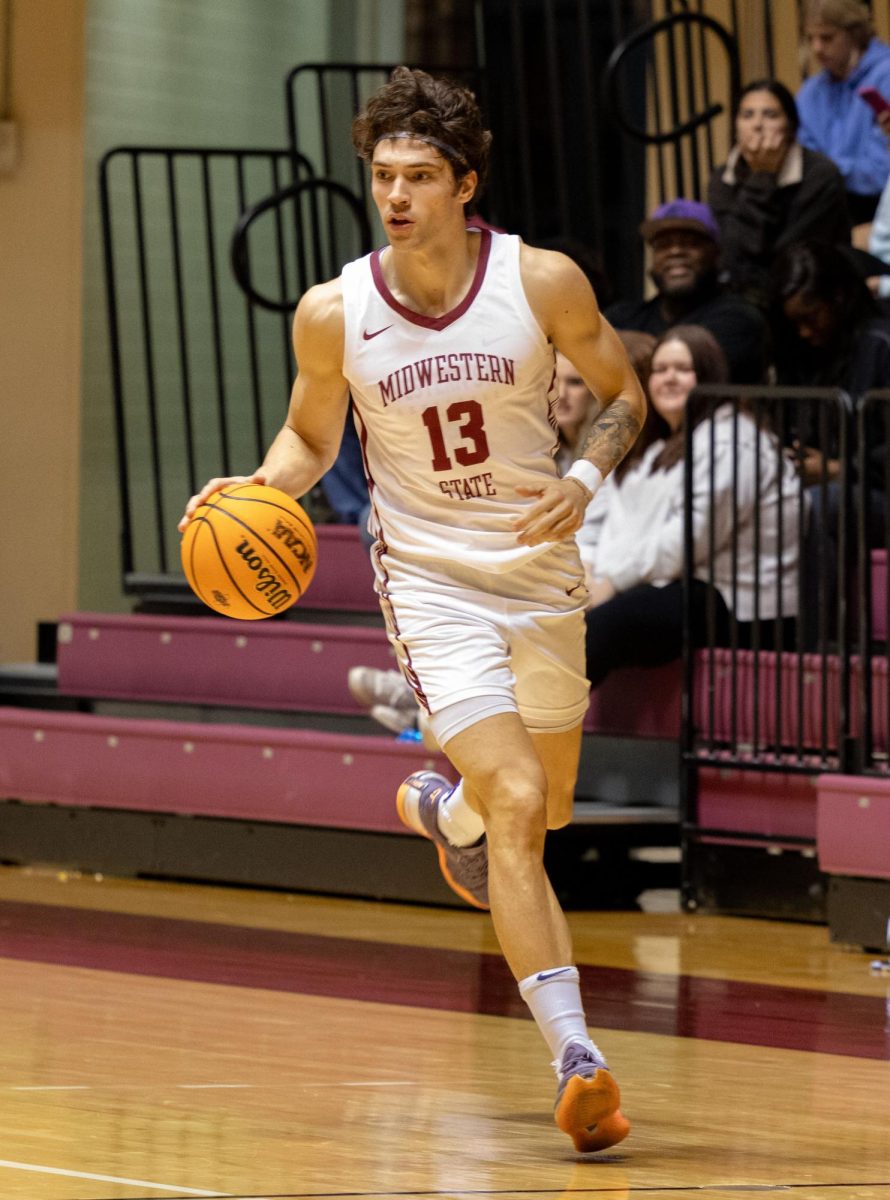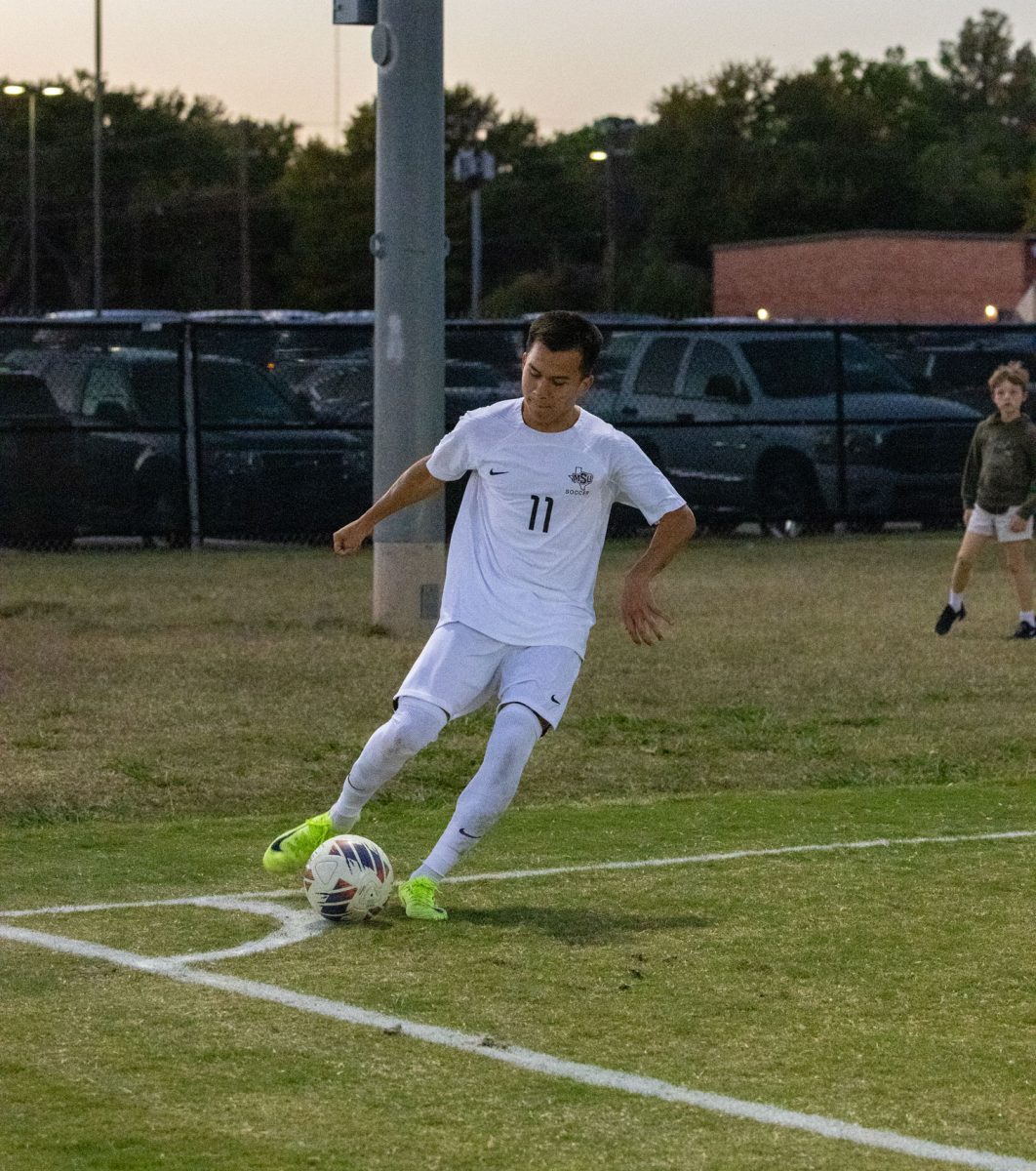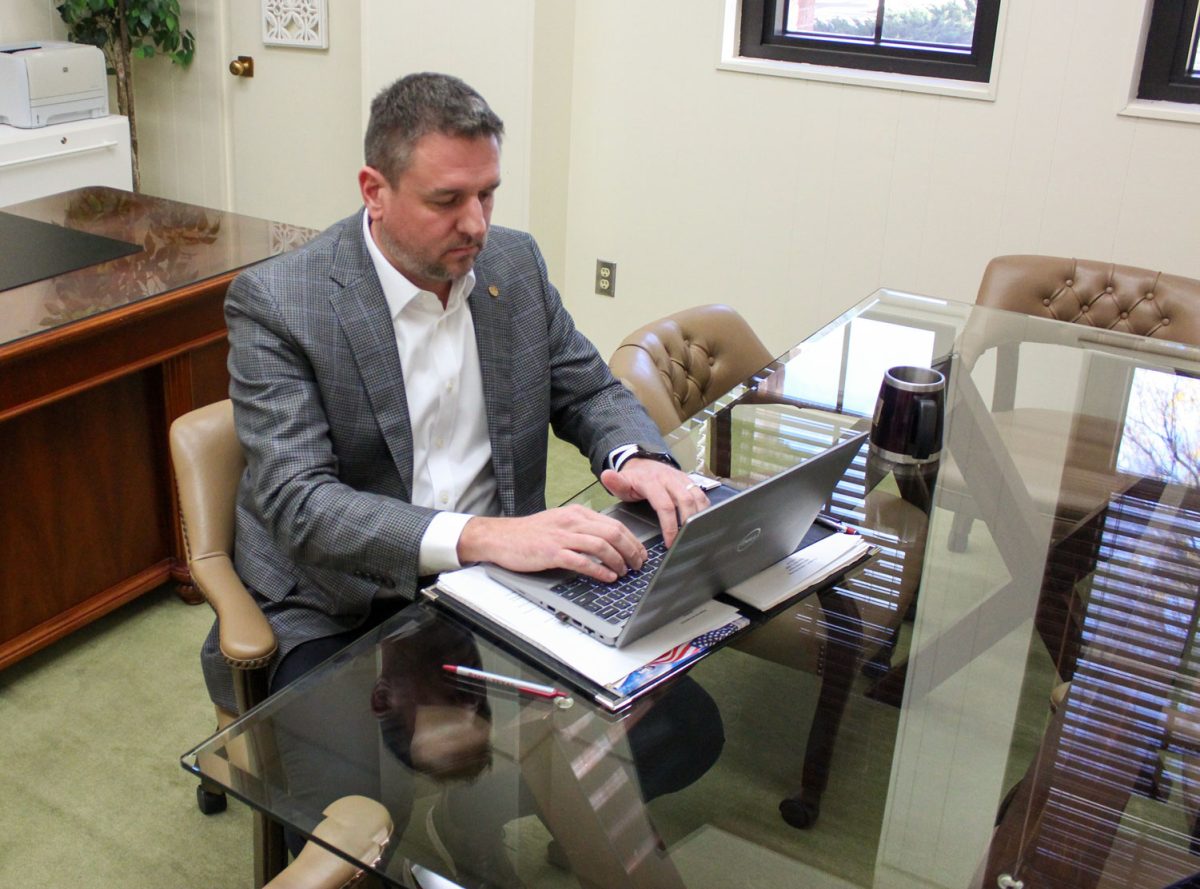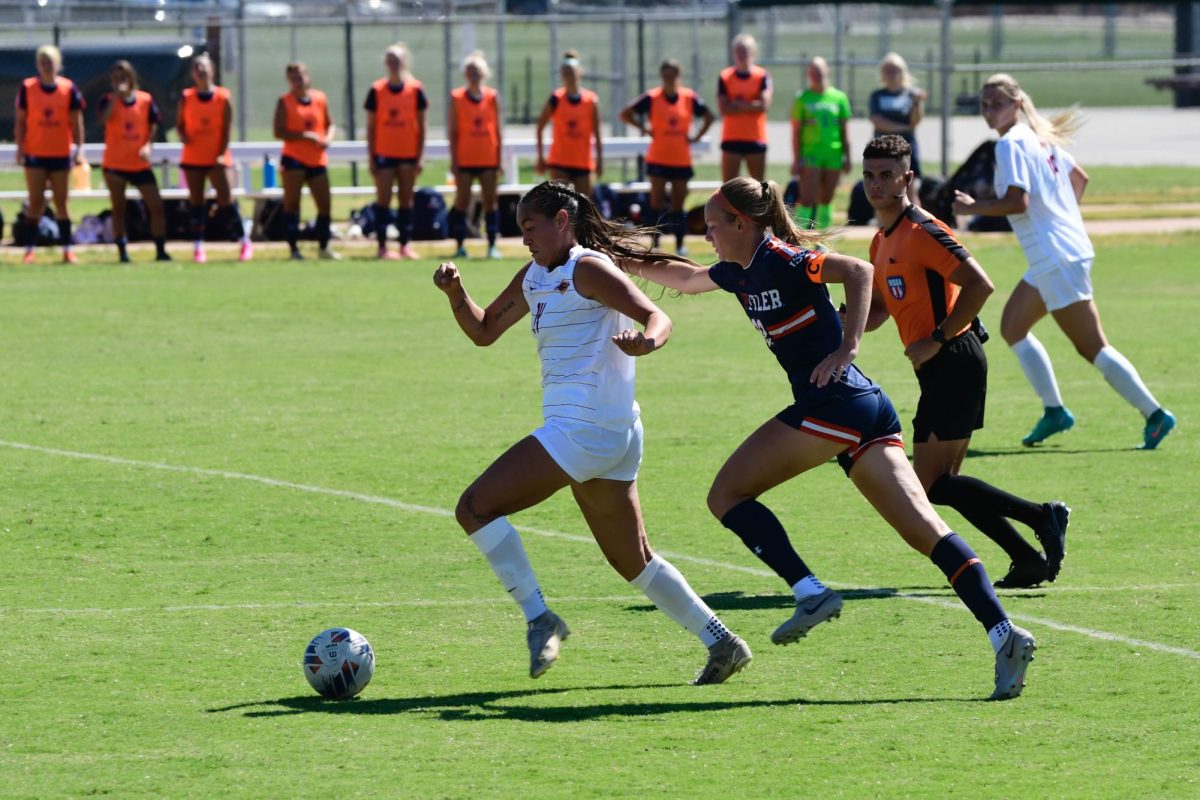Economic development | Enrollment | Budget | Nursing | Housing | International enrollment | Crime | Greek life
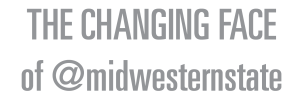
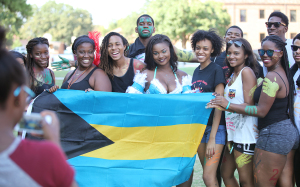
In the next 10 years, international enrollment is expected to surpass the projected goal of ten percent. Bringing different nationalities to the university has already taken place, but striving for global approach is the objective.
“The percentage we are at right now is 9.8 percent,” Randy Glean, director of international services, said. “Most universities reach for the global village approach of trying to get as many nationalities and as many students on campus as possible. Once we reach the 10 percent goal, we will raise that goal to 12 percent.”
On campus, one in eight students are international students and one in nine are foreign-born, said Glean.
“We are thinking it will eventually be that one in eight students will be a foreign-born,” Glean said.
Outreach is a primary source in drawing students to the university.
“We go where they are to sell the virtues of Midwestern State University and Wichita Falls,” Glean said. “We also work to put parents at ease to show them that the community is calm and safe.”
Keith Lamb, vice president of student affairs and enrollment, said higher education in the United States remains the gold standard for the world.
“There are a number of students around the world who want to come here to study,” Lamb said.
The university is positioned internationally similarly to domestically leading to a value proposition.
“We offer a very good education for an inexpensive price and that extends to our international students,” Lamb said.
The university has a special tuition category that enables an extension to international students, which most institutions do not.
“Most institutions will charge a student a non-resident rate,” Lamb said. “Most state tuitions have three category rates: in-state, out-of-state, and non-residency.”
Lamb said the university is unique in a way that it can offer a fourth category of tuition rate for international students.
“It falls in-between out-of-state and non-resident,” Lamb said. “It is called TIER II and essentially allows us to offer international students tuition that is less than the non-resident fee that most universities charge.”
Sachithra Weerasooriya, international student from Sri Lanka and sophomore in math and physics, said the university’s low tuition rate is one of the reasons she chose to study here.
“I searched for universities in the U.S. and MSU came up as one of them,” Weerasooriya said. “I thought it was one of my best options because the tuition was so cheap compared to the other universities. I plan to stay to get my higher studies in the U.S.”
Students enrolled in an international program are taken care of when they first arrive to the States.
“We pick them up at the airport and bring them here to Wichita Falls,” Glean said. “We make sure they have housing, that they are registered for classes, and those who are academically eligible, we try to help them with scholarships.”
India, China and the Caribbean are the top three countries represented at MSU.
“We meet with universities there who are interested in students studying abroad,” Lamb said. “We are starting to see benefit of that work. We have about 45 students from China and we expect that to grow.”
Jiaming Zhang, international student from China and accounting junior, said the programs offered by the university are what brought him to study here.
“I want to go into the banking industry and MSU offers a platform to allow me to get my master’s degree,” Zhang said. “I transferred here from the study program at my university in China.”
As international enrollment rates increase, specific departments will also look to increase. Engineering, computer science and business departments are already beginning to do so.
“I feel we are going to create more engineering programs to meet the interests of students internationally,” Glean said. “Also, I feel like we are going to grow 15 percent as an international program and will see greater representation of South Africa, China and Asian countries.”
Computer science programs have become popular to students from India.
“Students we are receiving from India are largely interested in the computer science majors,” Lamb said. “There is an interest in business with students from China as well as the engineering program. Health sciences are popular with students from the Caribbean.”
Caribbean nations will still be the base of the international program, but the university is working to seek more additional diversity.
“I still believe the Caribbean culture will have a huge part on the university,” Lamb said. “We are starting to look at outreach to students in Central and South America as well as maintaining communication with students in China and India.”








